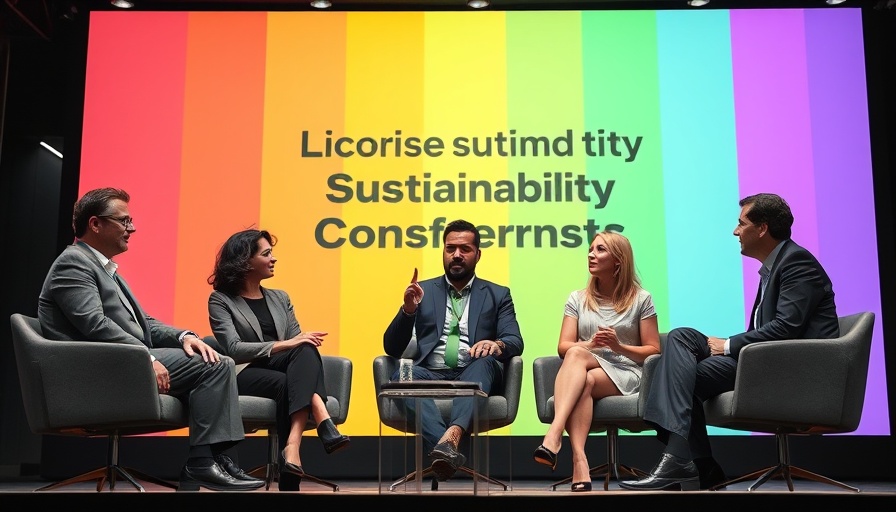
The Rise of Blended Finance: A Global Necessity
In a world increasingly in need of sustainable solutions, the establishment of blended finance vehicles is more relevant than ever. At the forefront of this initiative are leaders from Germany, Canada, and global corporations, all rallying together to create a transformative company aimed at facilitating financial flows that can cover the staggering US$4.3 trillion funding gap for sustainable development. Blended finance merges public and private funding to support projects that would otherwise lack sufficient investment, yet it has not fully realized its potential. Oversight regarding standardized practices is among the primary concerns hindering its success.
What Is Blended Finance?
Blended finance refers to the strategic use of development finance to mobilize additional private sector investment towards sustainable development goals in emerging markets. This financing approach has garnered interest over the years as a promising solution to bridge the financial gap needed to tackle climate change and support sustainable economies. However, recent data from the blended finance network Convergence reveals a troubling decline in annual blended finance flows – dropping to US$18.3 billion in 2024 from US$23.1 billion the previous year. As Niels Annen, a German state secretary emphasized, “blended finance so far has not lived up to our expectations.”
Standardization: The Key to Success
Industry leaders at the recent Hamburg Sustainability Conference underscored the urgent need for standardized frameworks across the blended finance ecosystem. Patricia Victoria Peña, an influential figure from Global Affairs Canada, articulated the pitfalls of the current ad-hoc approach, suggesting that resources have been wasted by perpetually starting from scratch rather than building on previous successes. This lack of common tools renders the attempts at investment less impactful than they could be.
Government and Corporate Collaboration for Change
In response to these challenges, a multinational collaboration is underway. Governments from various nations, including Canada, Denmark, France, South Africa, the UK, and Germany, alongside major institutional investors such as Allianz, AXA, and Zurich Insurance Group, are taking decisive action by forming a new company that focuses on innovative blended finance vehicles. The objective is to design products that can streamline sustainable investments, create a fairer financing landscape, and ultimately help channel much-needed capital to emerging markets tackling climate change and development projects.
Looking Ahead: Opportunities and Challenges
The future of blended finance lies in overcoming existing obstacles and implementing effective strategies that allow for the mobilization of private capital. By creating standardized tools and promoting uniform practices, this collaborative effort could lead to sustained growth in blended finance and provide the necessary resources for sustainable living initiatives. Furthermore, the potential for social responsibility and conscious investment cannot be overstated, enabling a transition to a green economy where eco-friendly products and clean energy are at the forefront.
Inspiring Sustainable Practices Across the Globe
As the new company rolls out its initiatives throughout the latter part of 2025, the implications for sustainable development are vast. By addressing the existing deficits in financing mechanisms, governments and corporations can inspire the adoption of sustainability practices, promoting responsible consumption and supporting eco-friendly businesses. From renewable energy projects to innovative solutions around waste management and sustainable agriculture, there is an opportunity for nations and companies alike to be catalysts for change in their regions.
Joining The Movement: Actionable Steps for Individuals
As readers, you can contribute to these conversations around sustainability through social media, by sharing knowledge about eco-friendly solutions and green technology. Every small action counts; from opting for reusable bags to supporting businesses that practice ethical sourcing, we can all play a role in fostering a sustainable future.
Keep informed about the developments in blended finance and how they can impact efforts toward climate action and sustainability. Participate in community gardens or engage in discussions surrounding eco-conscious living—every voice matters in the collective push for environmental stewardship.
 Add Row
Add Row  Add
Add 



Write A Comment